When it comes to eating healthy foods, we pick only the most advertised ones and foods that have earned reputation in the fitness world with fancy names such as multi-grain, fat-free, low calorie, whole grain, whole wheat and much more. Sometimes, we really need to get out of the fascinating boundaries of the manipulative masterpieces that instead of guiding us to the right direction, baffle and compel us to take wrong decisions.
Here we have come up with a few examples of some overly neat label names that are technically just the opposites of what their names suggest! Want to know what these are? Read ahead!
 Multi-Grain & Wheat Breads
Multi-Grain & Wheat Breads
When it comes to fascinatingly healthy terms such as whole-grain, multigrain, low-calorie, and zero trans fat—let me make it very clear to you that these are merely the tricks for making packaging more appealing to those who blindly follow the so-called healthy food options. We hate to break it to you, but the truth is these tricksy labels are stealing away the truth and making you fall prey to smart marketing. Breads with “multi-grain” and “whole wheat” label do not contain the essential nutrients that they vouch for, but are typically devoid of them. Most of them are made of synthetic and bleached flour which are made to look like multi-grain or wheat food items.
 Energy/Protein Bars
Energy/Protein Bars
Have you been relying on the energy bars as the best pre-workout snack or grabbing them on the go considering the healthiest choice you can opt for? Think again! Most of the energy bars contain added sugar, high fructose corn syrup, trans-fats or Partially-Hydrogenated Oils, artificial sweeteners and synthetic preservatives. Also, these energy bars contain more calories than you want to avoid to stay on a safer side. So, choose wisely when you want to go healthy!
 Packaged Fruit Juice
Packaged Fruit Juice
Firstly, choosing packaged juice over whole fruit is not a good idea as fruit juice deprives you of fiber, essential vitamins, antioxidants, and nutrients. Technically, to make packaged fruit juices usable for a longer period of time, they are required to be cold pressed and pasteurized or heated which spifflicate the nutritional value, disturb the natural digestive alkaline and turn pH to acid. Moreover, it comes with added preservatives, sweetener, color, flavored syrups, and additives. Finding it difficult to call it healthy food?
 Fat-free foods
Fat-free foods
We really need to understand the difference between fat-free and calorie-free. We rush towards anything that is fat-free but get ditched by the manufacturer companies miserably. They add a whole lot of flavors, preservatives and sweeteners to make the food item tasty and look appetizing. It is also important to pay heed to the label and overall composition of the item including the content of sodium, vitamins, minerals, total calories, monounsaturated or polyunsaturated fats, and fiber before putting it in your shopping cart.
 Margarine
Margarine
Once perceived as the healthier option of butter and ghee, margarine eventually earned its notoriety for the presence of saturated and high trans fat in it. The harmful effects caused by trans fats are sometimes irreparable, such as increased risk of heart disease, increased LDL levels (bad cholesterol), lowered HDL levels (good cholesterol), low immunity power, increased insulin levels in the blood, higher diabetes risk, reduced fertility among others.
 Protein Shakes
Protein Shakes
Protein shakes help build muscle and shape them. But be extra cautious while buying any Protein powder or drink as they are loaded with added sugar, flavor, and synthetic preservatives. Many of them are highly processed and are less in nutrition value.
Now that you know the real picture behind the so-called healthy food options, be careful while choosing the right thing to feed your precious body! Please let us know in the comments section below if you think I have missed out on anything in this article. Until next time, stay fit stay healthy!
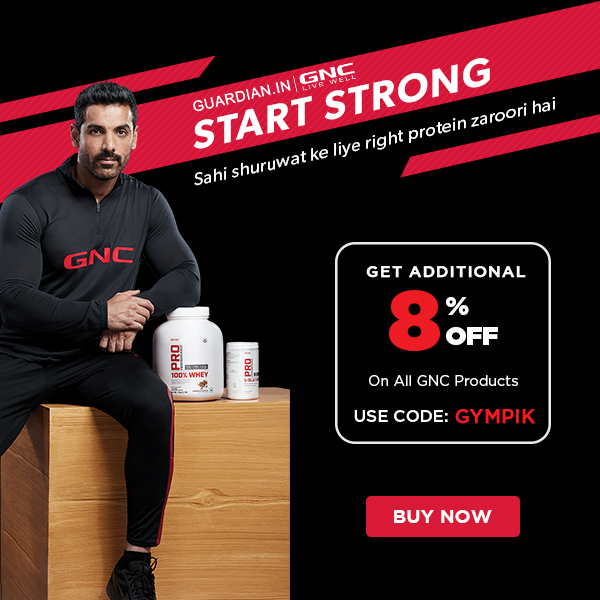

 Traqade
Traqade






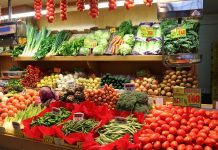

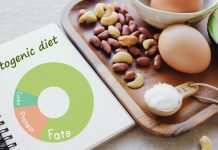

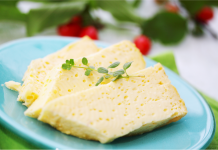









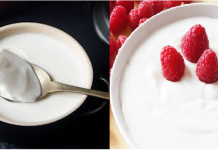
















Great post! Most people don’t realize how misleading food labels can be. Your breakdown really opens our eyes to the truth behind so-called “healthy” options. Just like in digital marketing, where transparency matters, it’s important to look beyond the surface. By the way, if anyone’s looking to grow their online presence ethically and effectively, SEO Services in Pakistan can help businesses stand out just like real healthy choices do for our bodies!